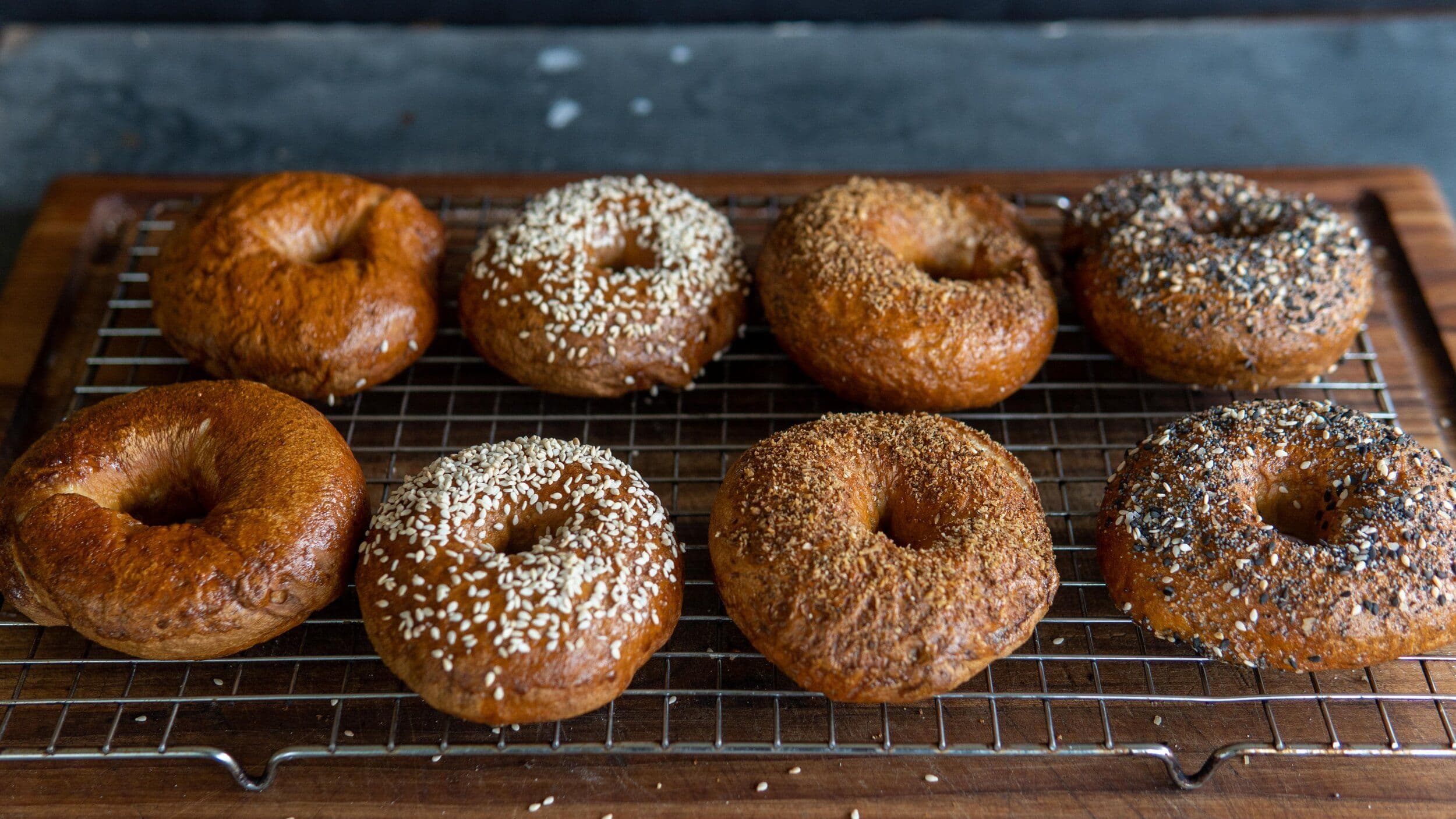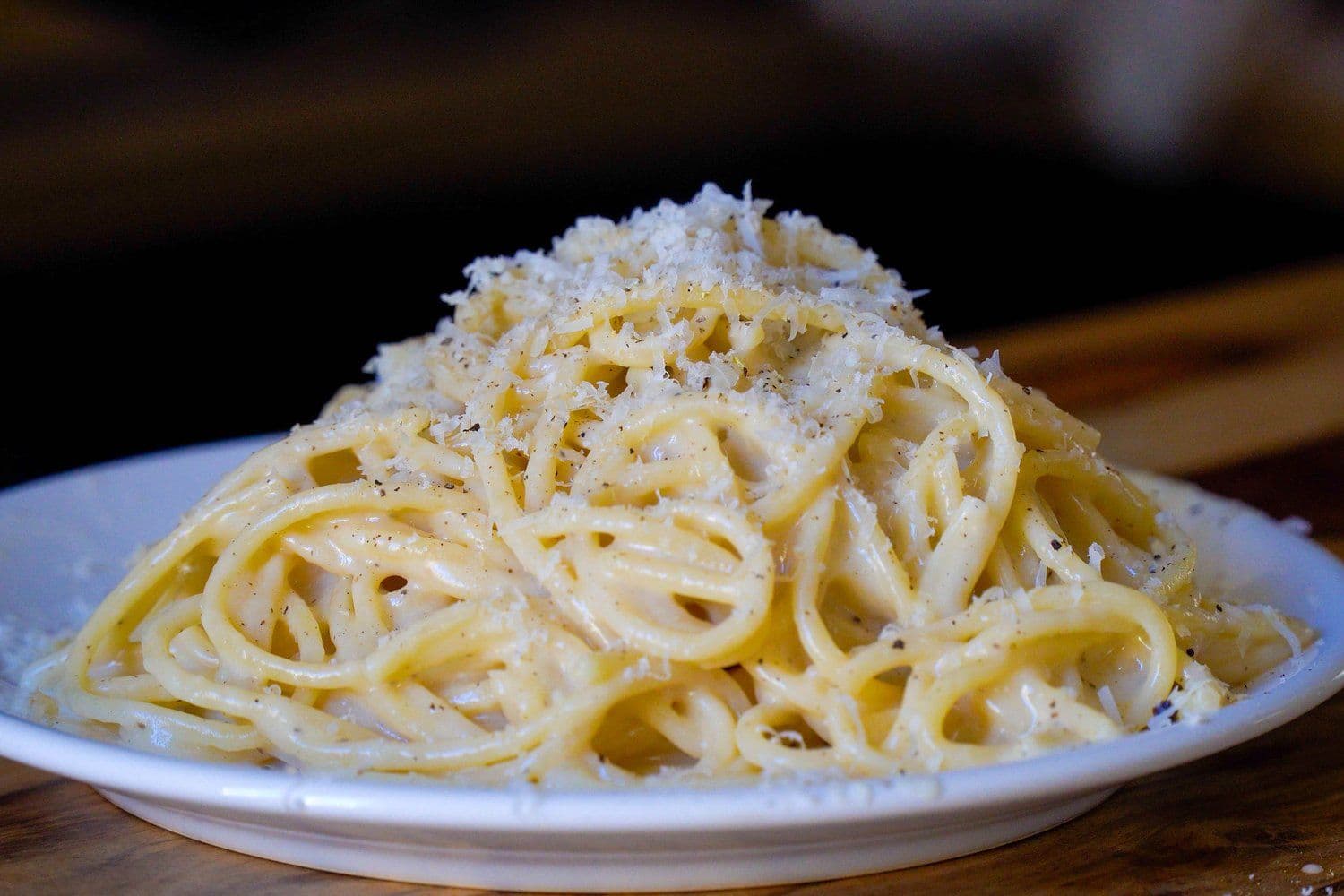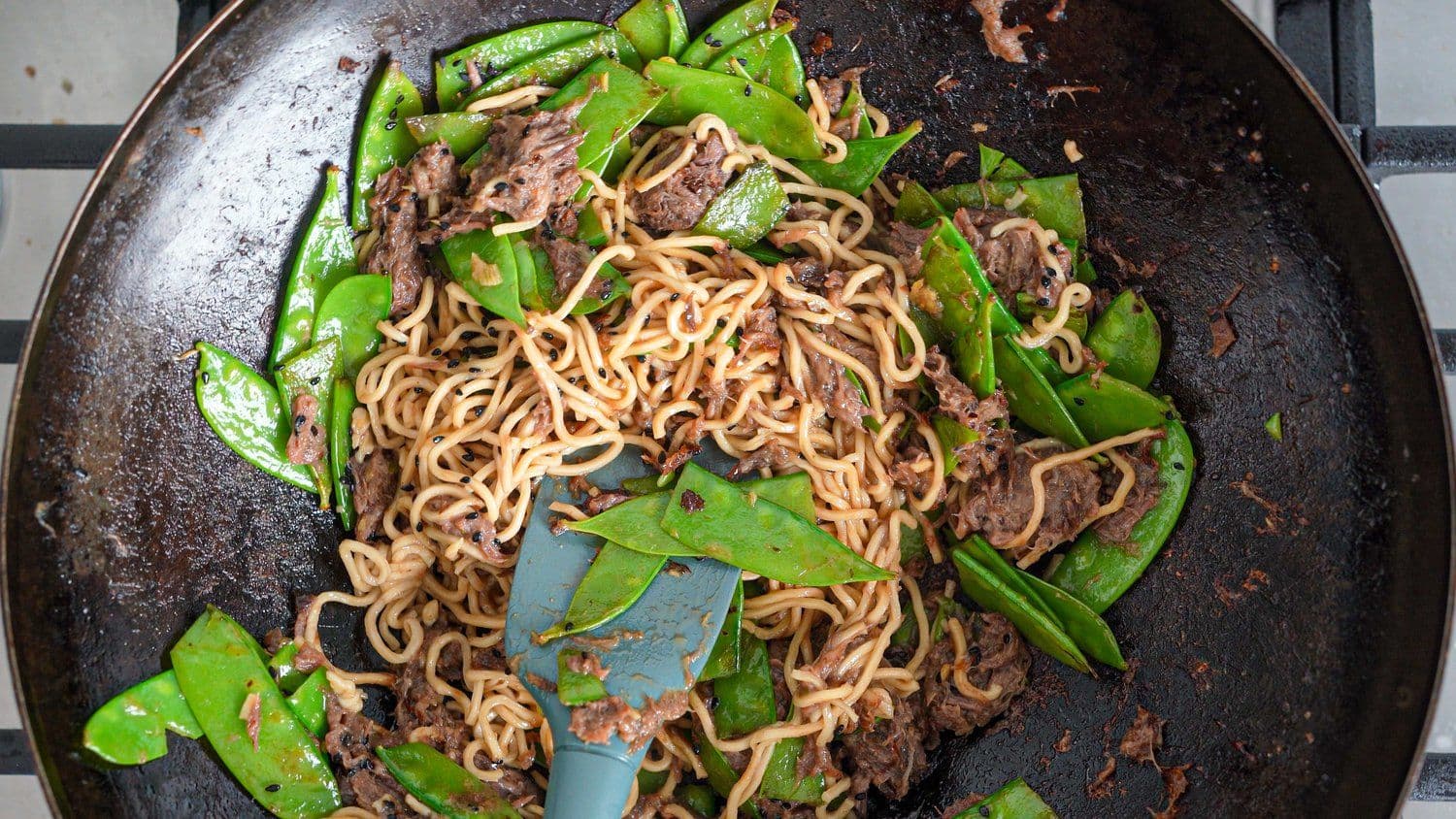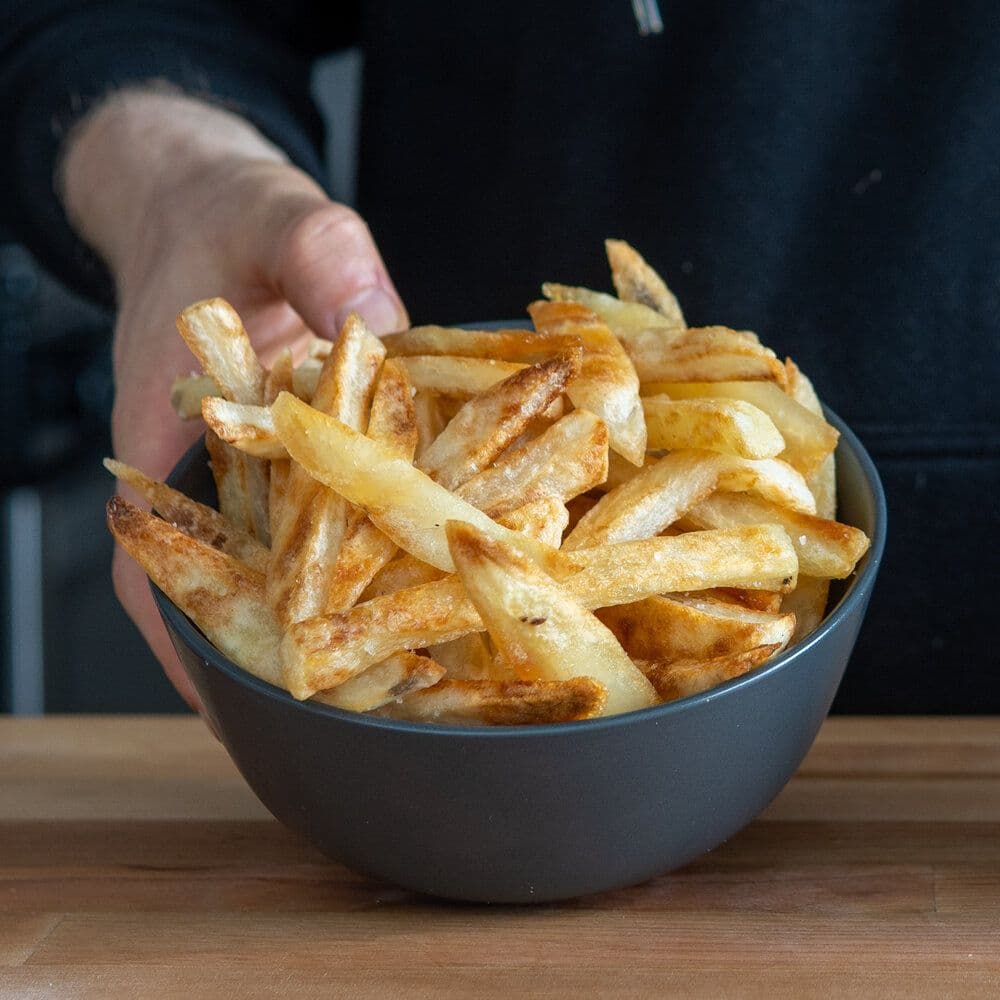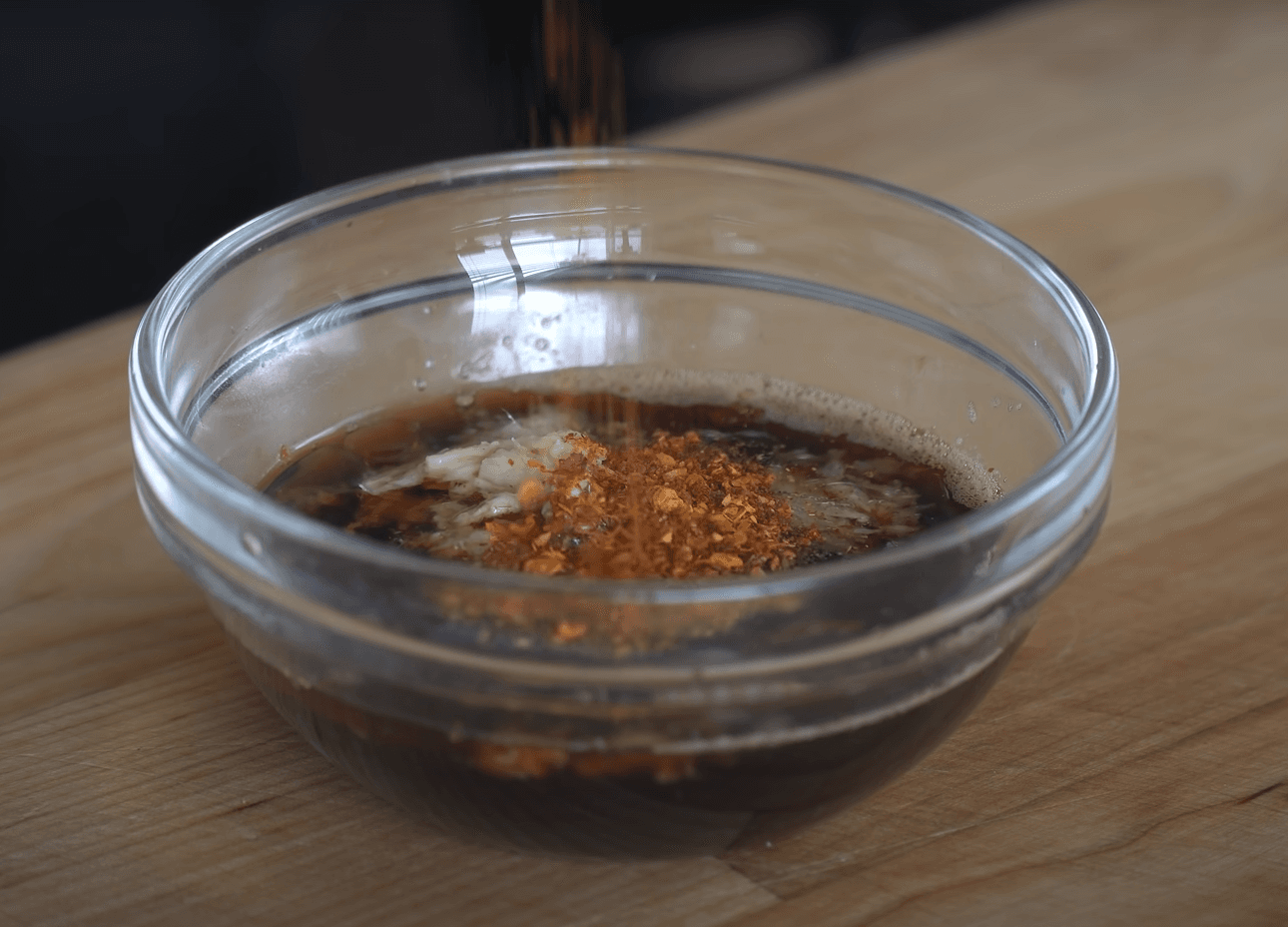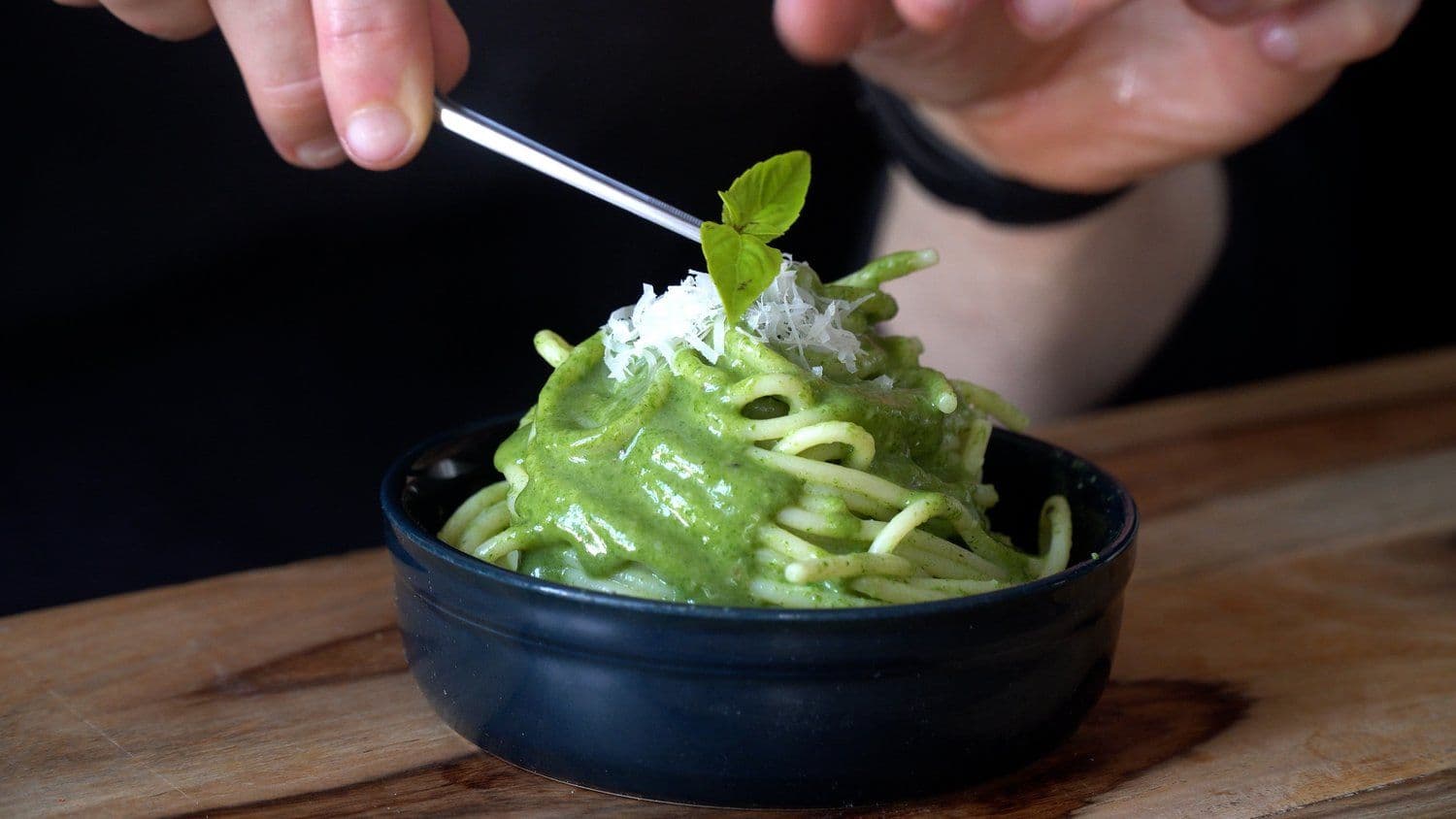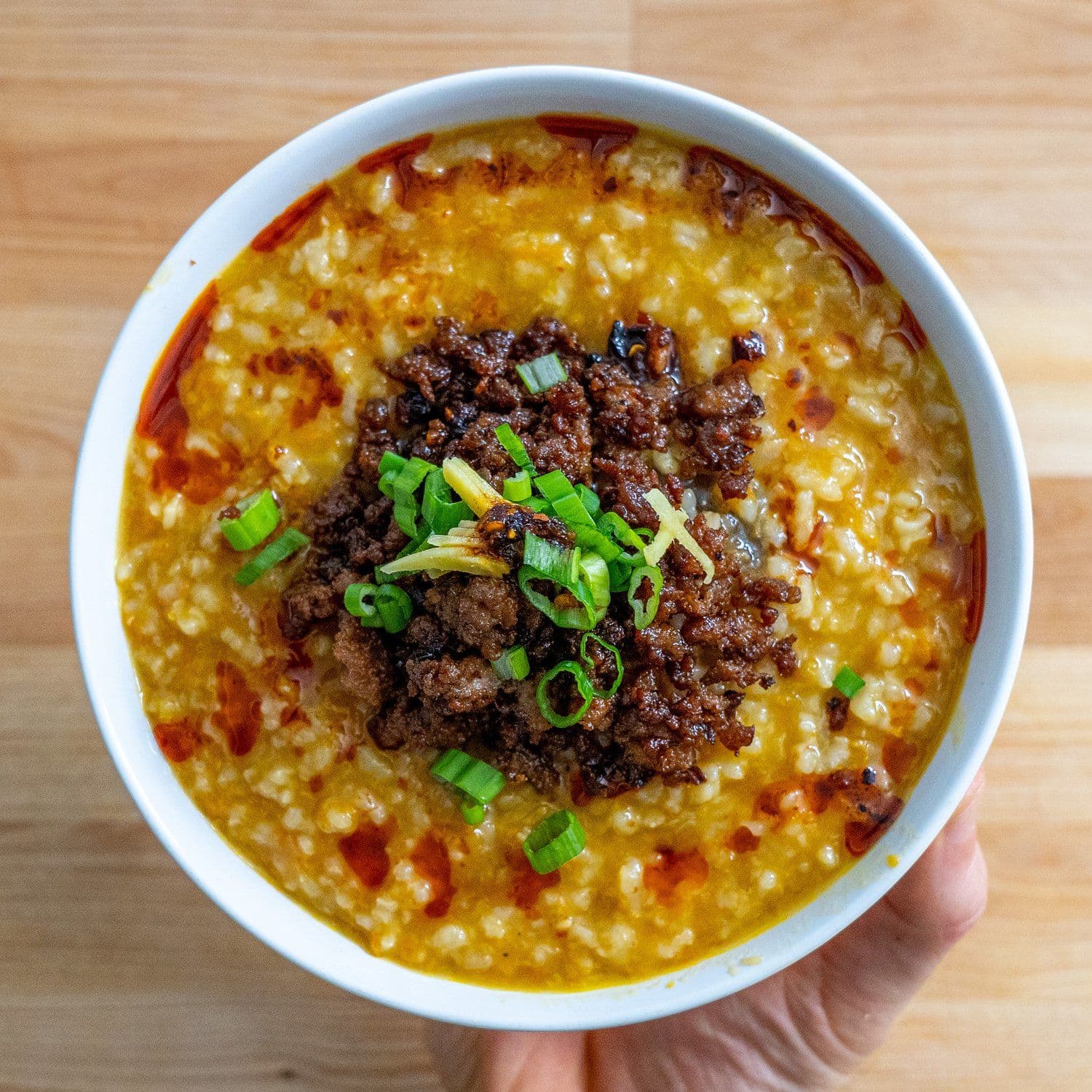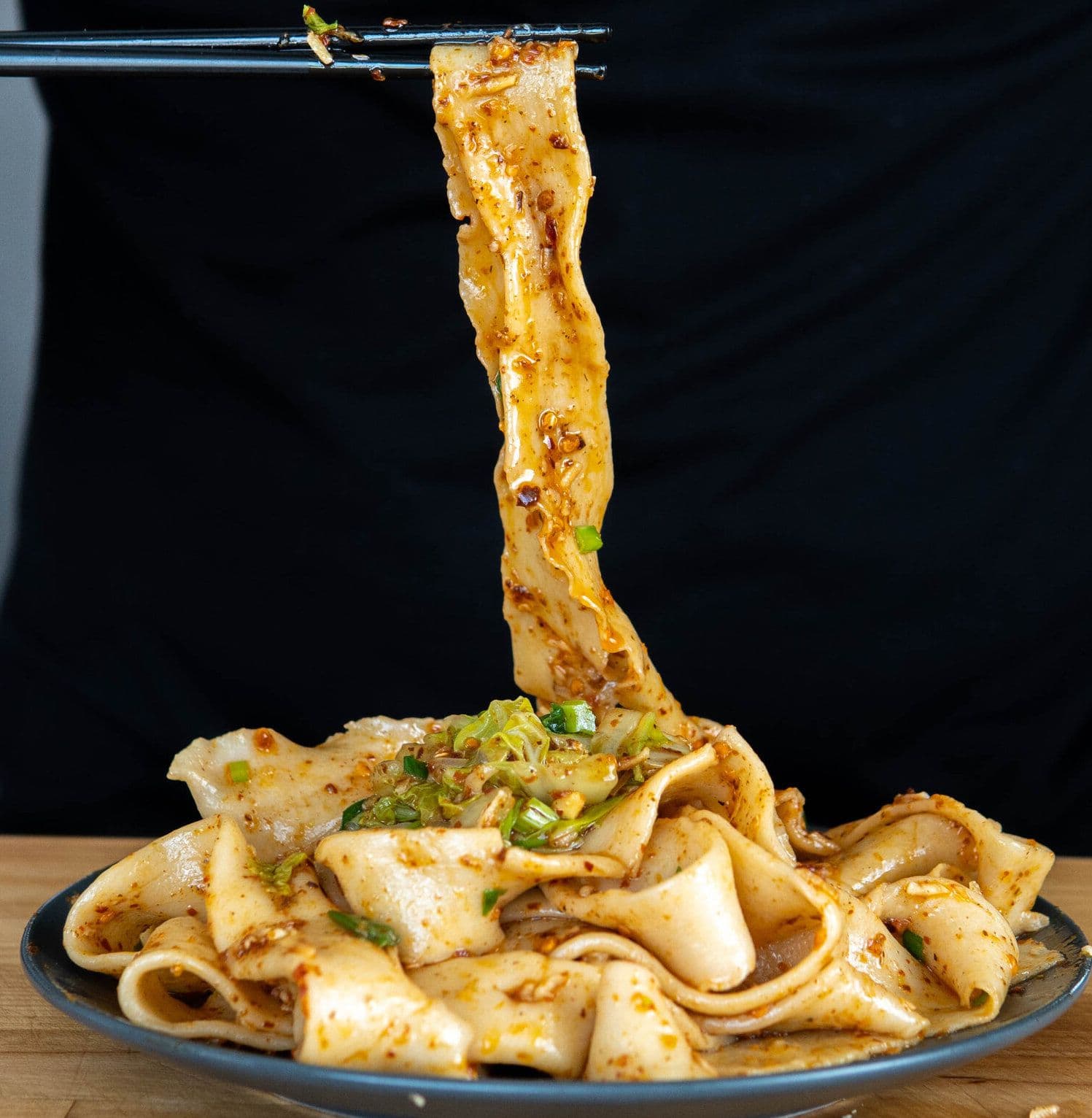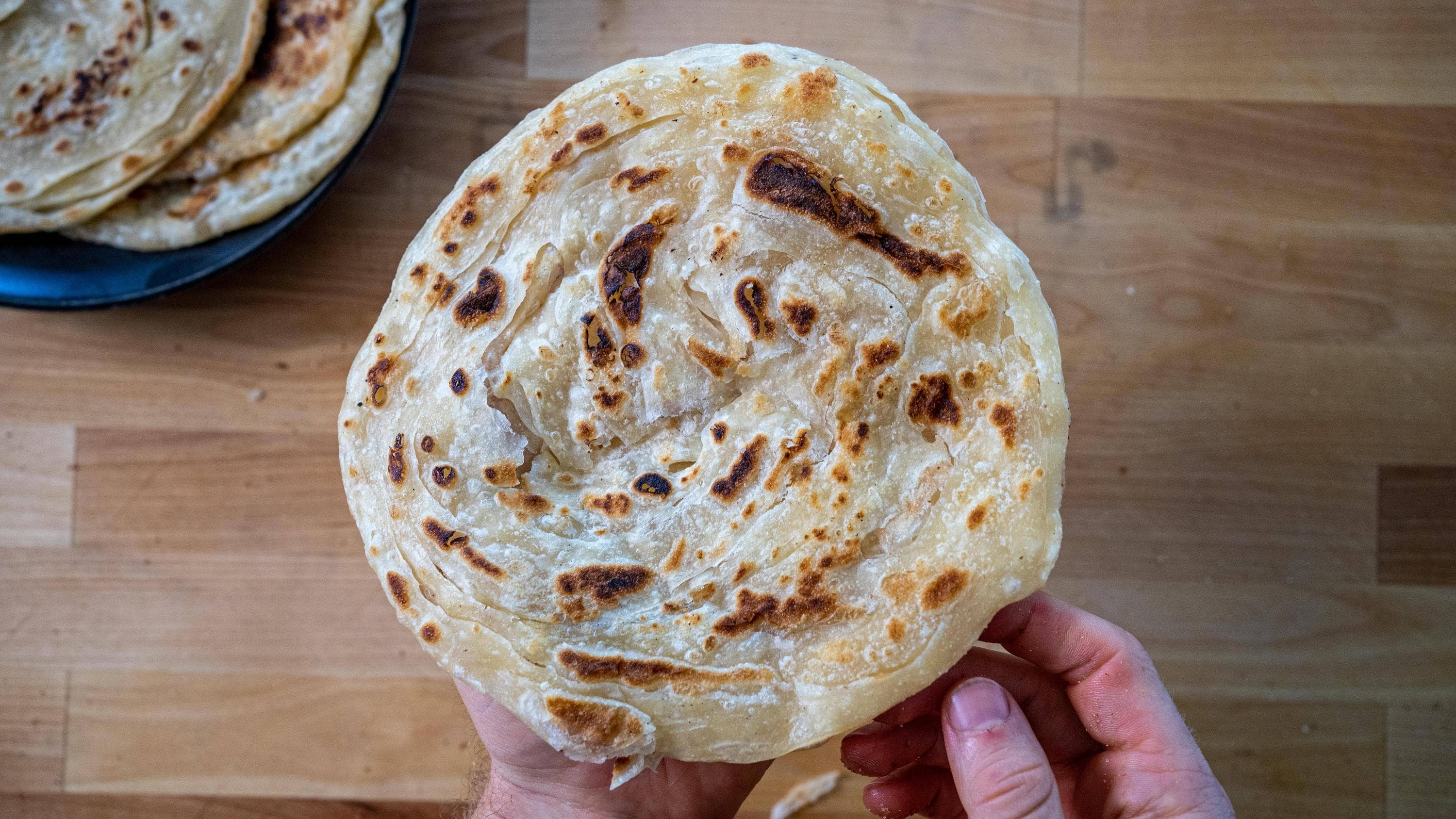The swelling of starch molecules when hydrated and heated.
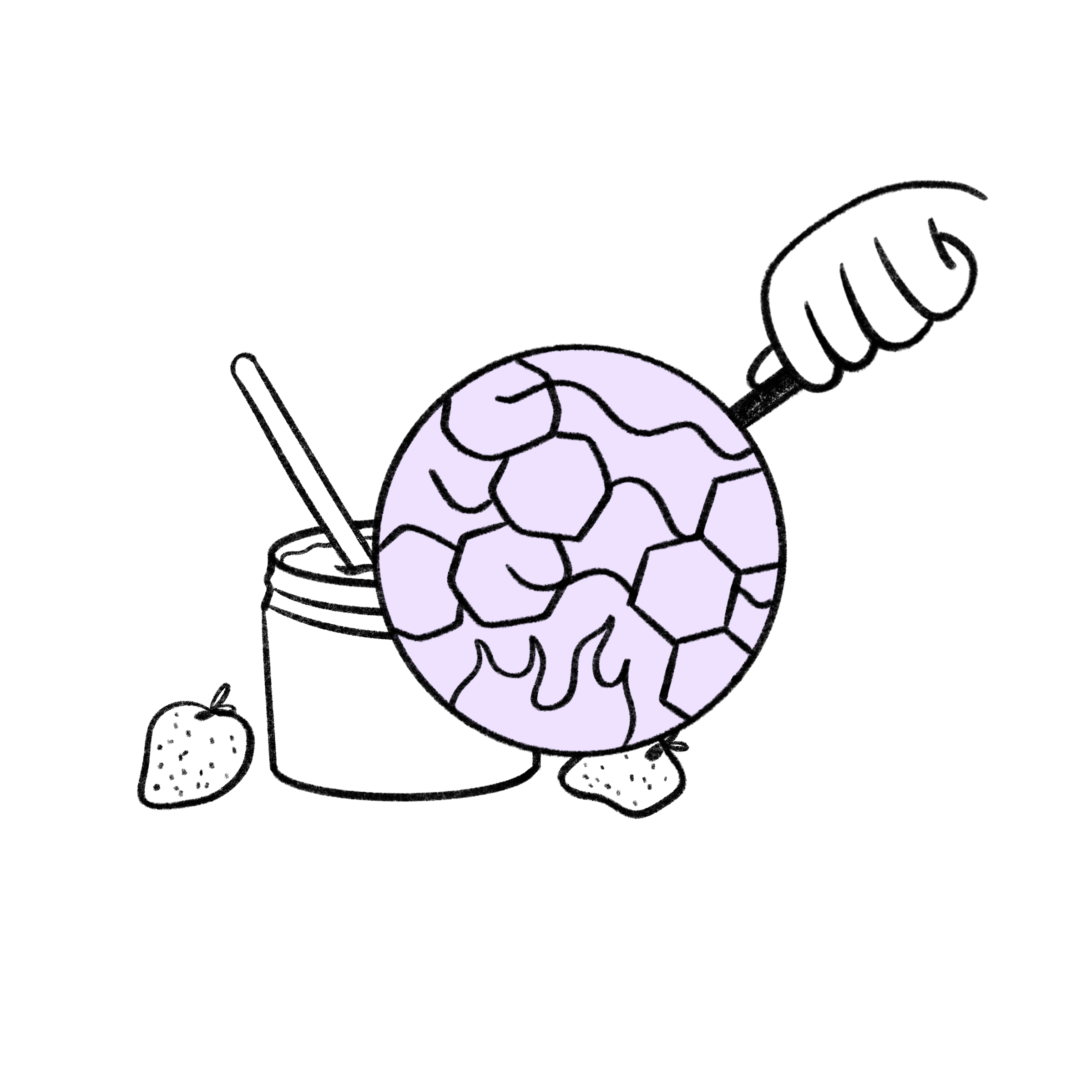
What are the fundamentals of gelation?
When starches (a ) are combined with a liquid and heated, they absorb moisture and begin to swell in a process known as gelation. Starches begin gelating at different temperatures depending on their “gelation range.”
In a stir fry or pan sauce, a cornstarch slurry is added, which gelates and thickens the sauce as it simmers. In other cases, ingredients might already contain naturally gelling properties.
- Some fruits contain pectin, a special kind of starch that’s adept at thickening macerations into a jam.
- Sliced potatoes have lots of loose surface starch, which gelates if boiled, and can be set into a crispy exterior if dehydrated and fried.
- Short-grain rice releases starch into its cooking liquid, which can gelate during cooking (for better or for worse). In a risotto or congee, this is encouraged.
Thickened sauces reach peak consistencies at different starch concentrations and temperatures. If a sauce is simmered or heated for too long, the swollen starch molecules can break down and thin out the mixture once again.
In cooked and dehydrated starch networks — such as in bread, the starch structures will change as they cool and harden. This is known as retrogradation: over time, cooked, gelated starches reorganize into larger chain structures, resulting in stale & crusty textures.
How is gelation different from ? Coagulation happens with , while gelation happens only with starches.
- A custard is set into a solid state through coagulation from the protein structure in the eggs.
- Likewise, using pure gelatin as a thickener creates a gel-like structure through coagulation, since gelatin is a protein, not a starch.
Notes: The terms “gelation” and “gelatinization” are often used interchangeably (or for different parts of the process). We’re avoiding the latter term since it implies gelatin is involved in the process, which is confusing & inaccurate. A “gel”, however, is a structure of water and any other molecules suspended in a semi-solid state, so that term can be used more liberally.
➡️ Catalyst: Heat & water
🛠️ Relevant techniques:
🔬 Relevant molecules:
Example foods
- Jams and jellies
- Slurry thickened stir-fry sauces
- Bread and pancakes
- Congee & risotto
- Mochi & rice cakes
- Pasta & dumplings
- Masa corn tortillas & tamales
How does gelation affect the elements of flavor?
In order of importance:
— Gelation primarily affects texture — usually by thickening a liquid or setting cooked starch molecules together.
— Different cuisines favor different starch-related textures — from crispy to chewy. Take for instance rice cakes or mochi, which are very chewy, compared with al-dente pastas which favor toothsome textures.
— The viscosity of a sauce or the jiggle of a jam can immediately change how we perceive an eating experience, for better or worse.
— Gelatinized foods don’t have a physical effect on the body.
— Gelation doesn’t affect aroma.
— Gelation doesn’t change the taste of food.
Gelation in Action

The Mouthful
Become a smarter home cook every Sunday
Join 60,000+ home cooks and get our newsletter, where we share:
- Recipe frameworks & cooking protocols
- Food trends explained
- Meal recommendations
- Q&A from expert home cooks
We hate spam too. Unsubscribe anytime.

